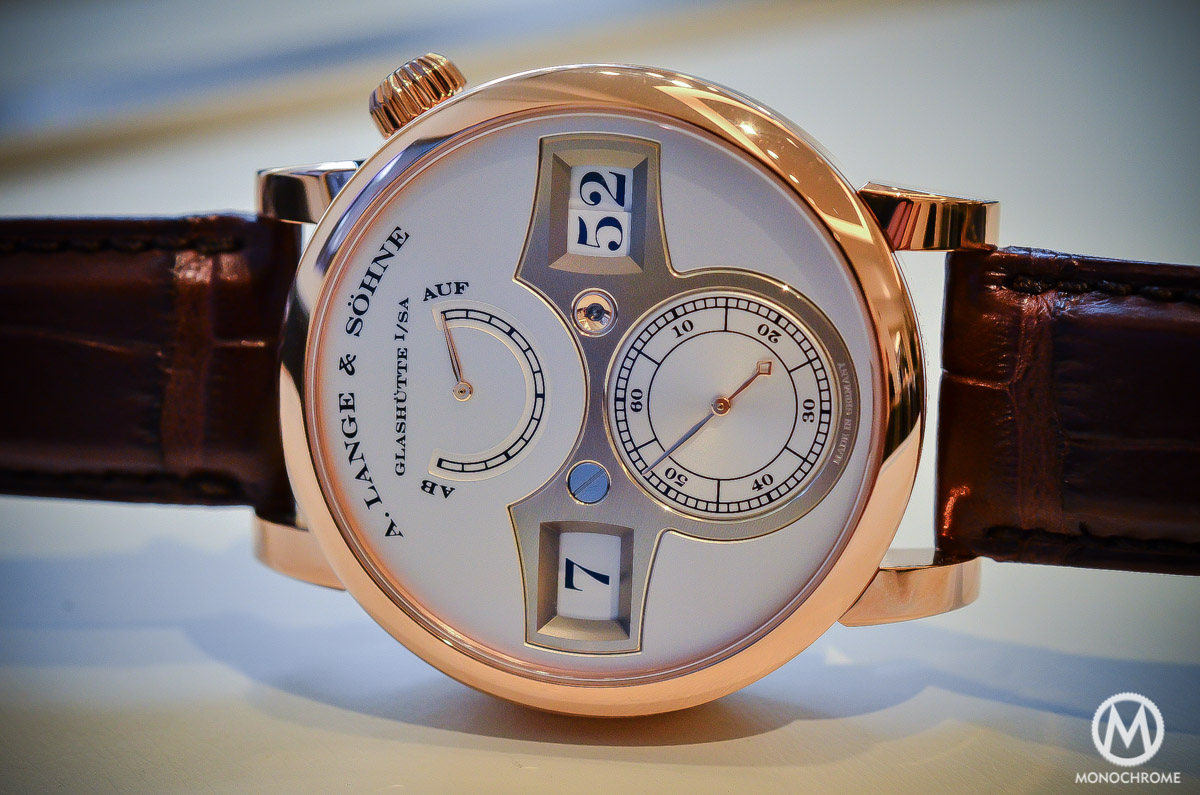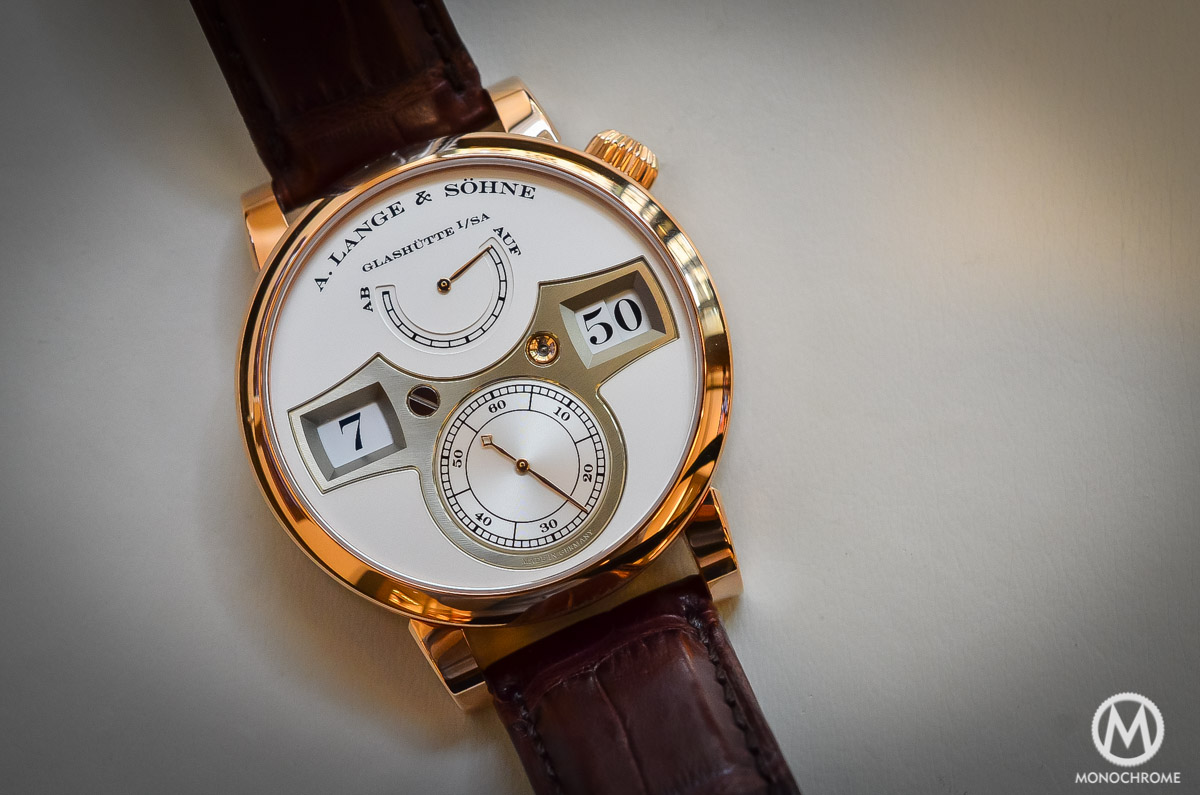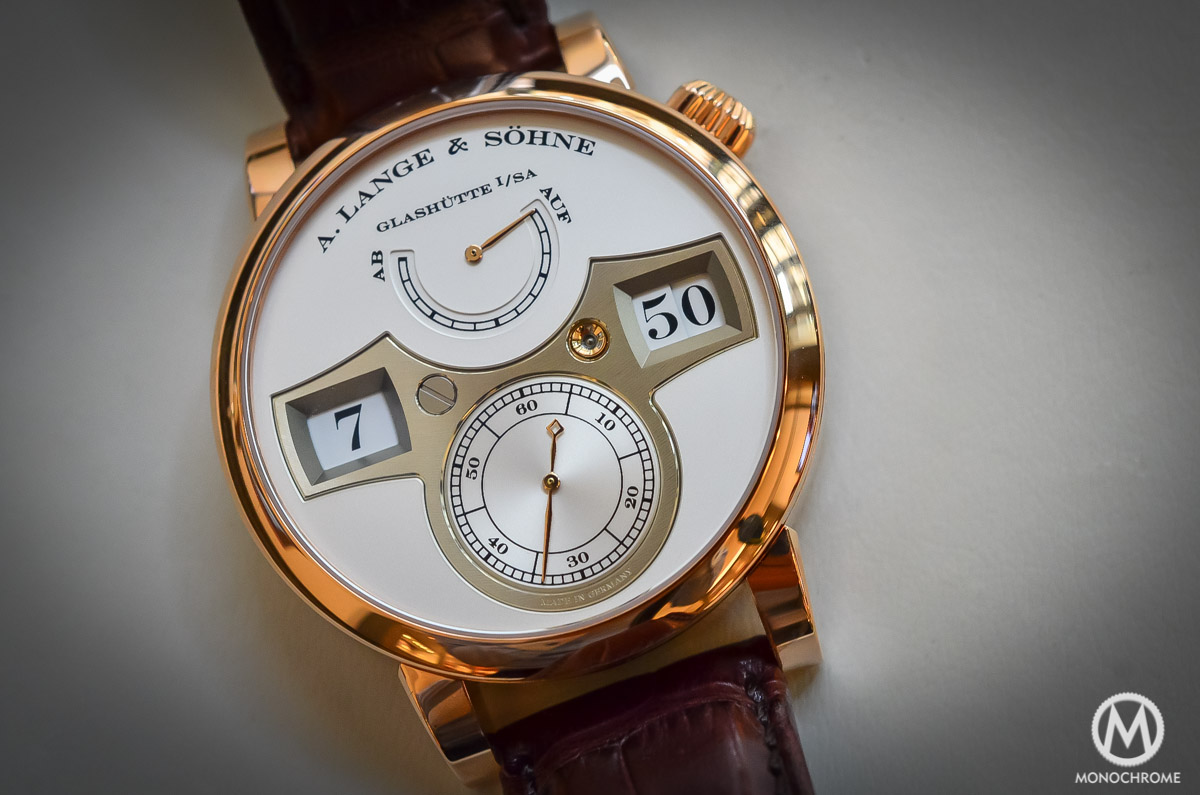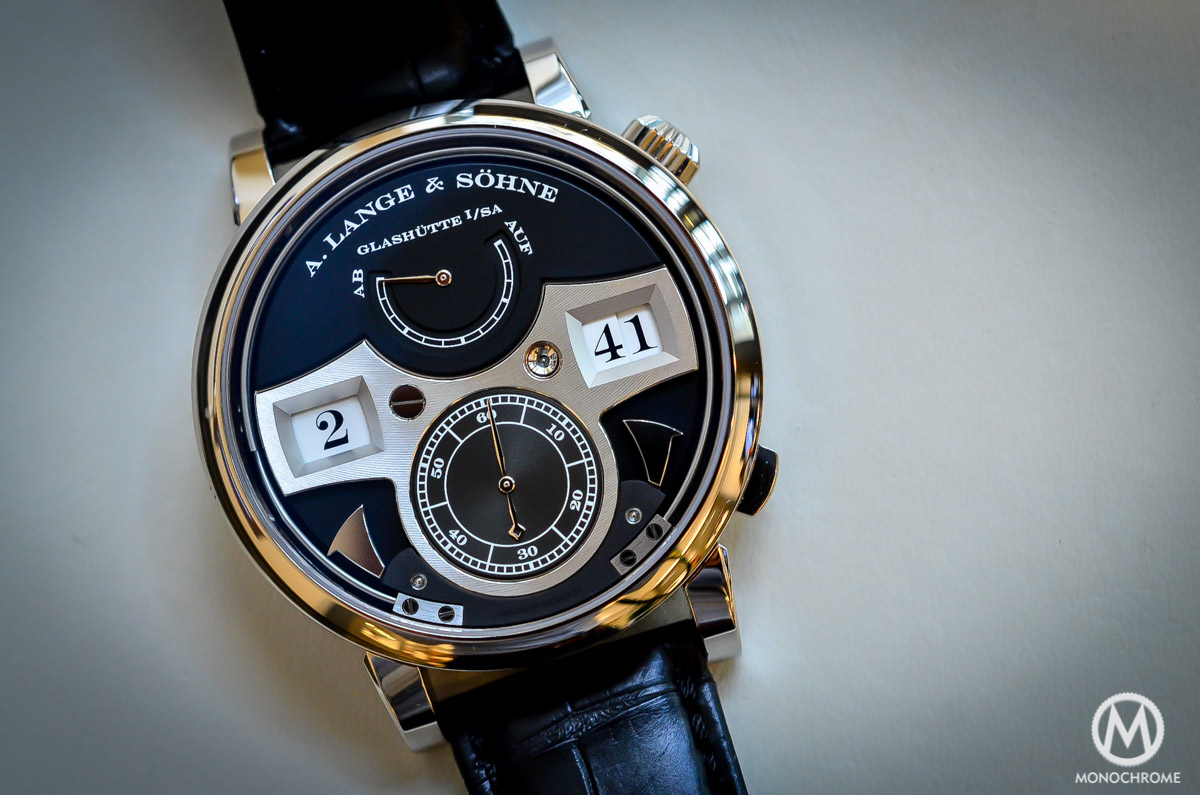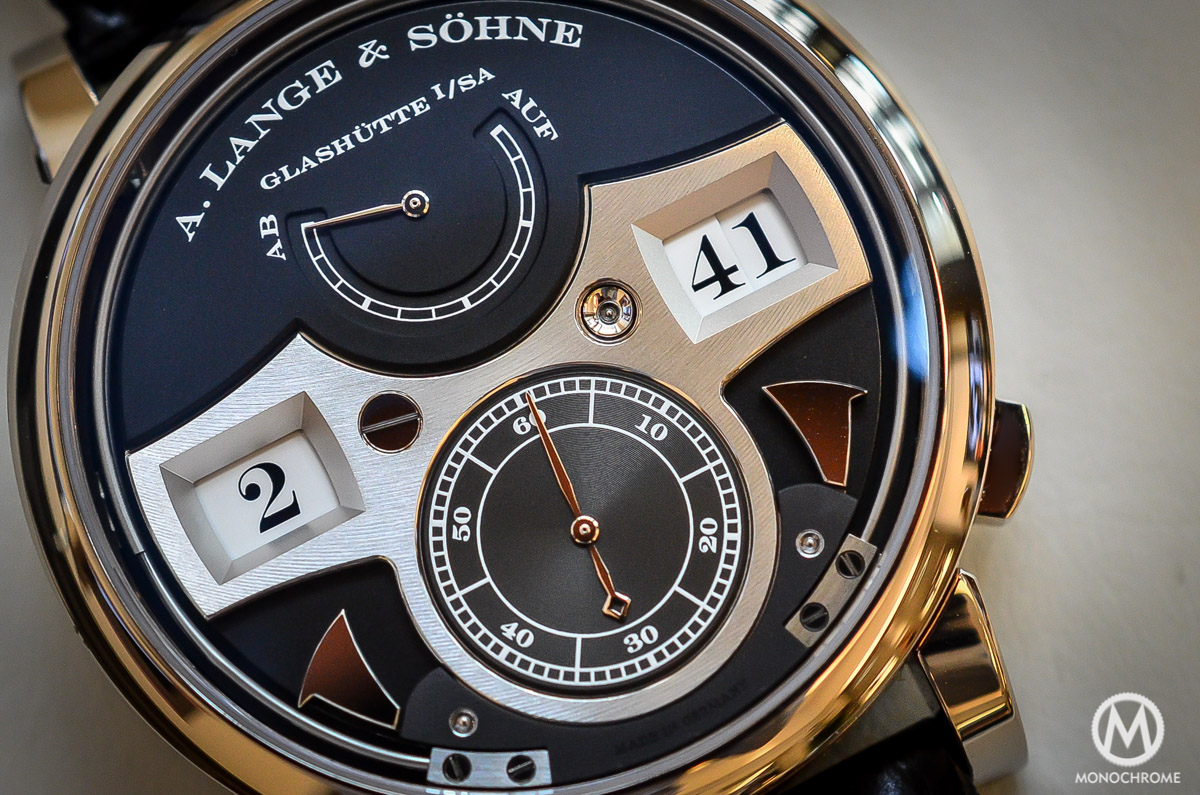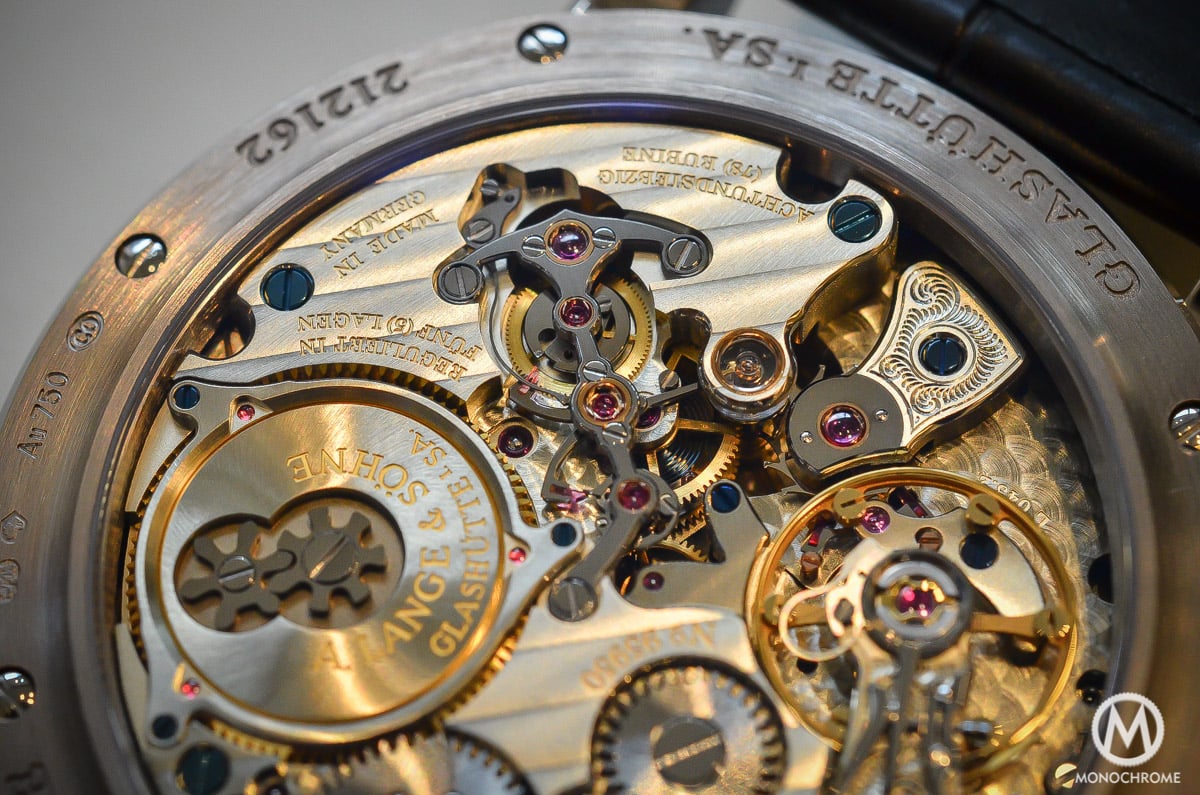A. Lange and Sohne Zeitwerk and Zeitwerk Striking Time – Full Review with live photos, specs and price
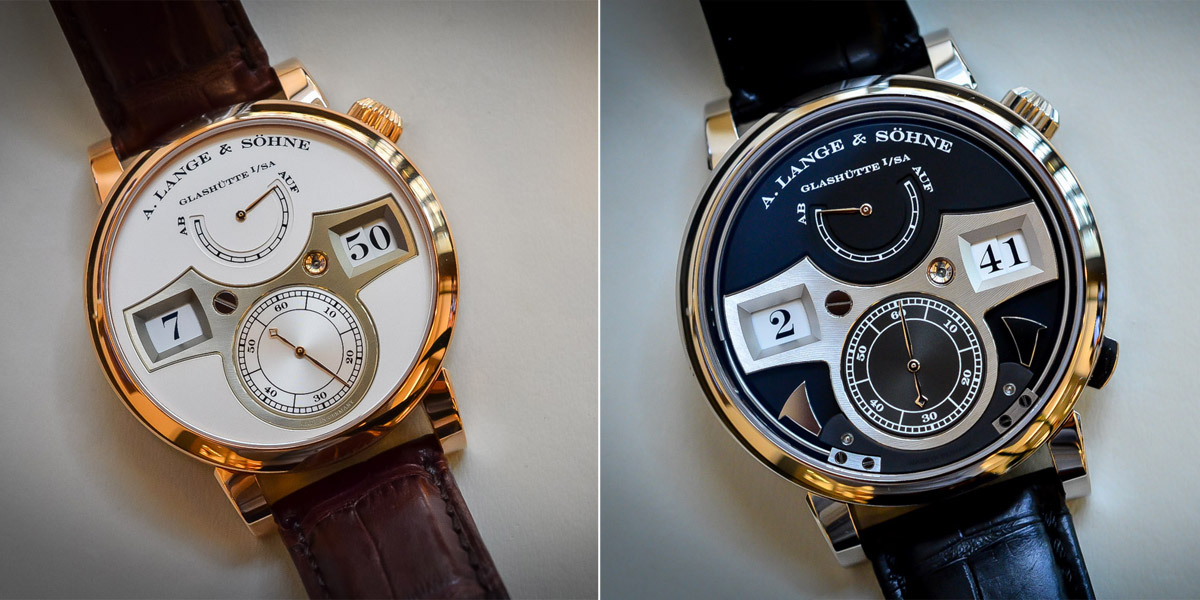
While the majority of the watches manufactured by A. Lange and Sohne are sharing that same Germanic feeling, a rigorous and meticulous attention to details with a certain warmth, some bits of originality that never fall into ostentation (take a look at the Lange 1 and you’ll understand), a watch in the collection has to be seen as different, whether we’re talking about design or mechanics. However, we are not in front of the The Ugly Duckling here. We’re not talking about a piece that lays at the end of the catalog and that is impossible to sell. No, we’re talking about the A. Lange and Sohne Zeitwerk AND Zeitwerk Striking Time, two of the most complicated and desirable watches of the Saxonian brand.
The A. Lange and Sohne Zeitwerk
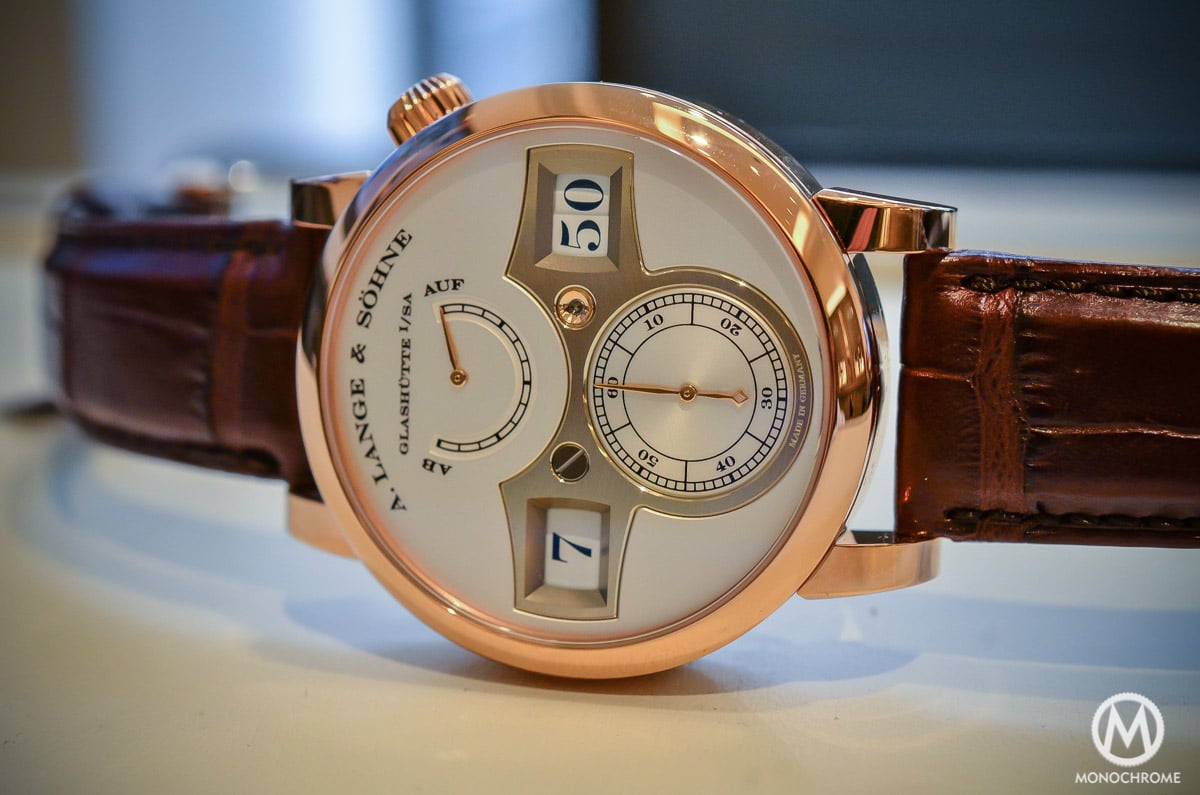
The A. Lange and Sohne Zeitwerk is a piece that has to be seen apart from the rest of the collection. It is indeed different both on a mechanical and design approach, but not completely out of the range. It shares some of the iconic clues of the Saxonian brand and can be directly recognize as an A. Lange and Sohne. In a sense, its eccentricities and variances creates the desirability and its common Lange features reassure the collectors of the brand. It has to be seen as unique watch in a classical context.
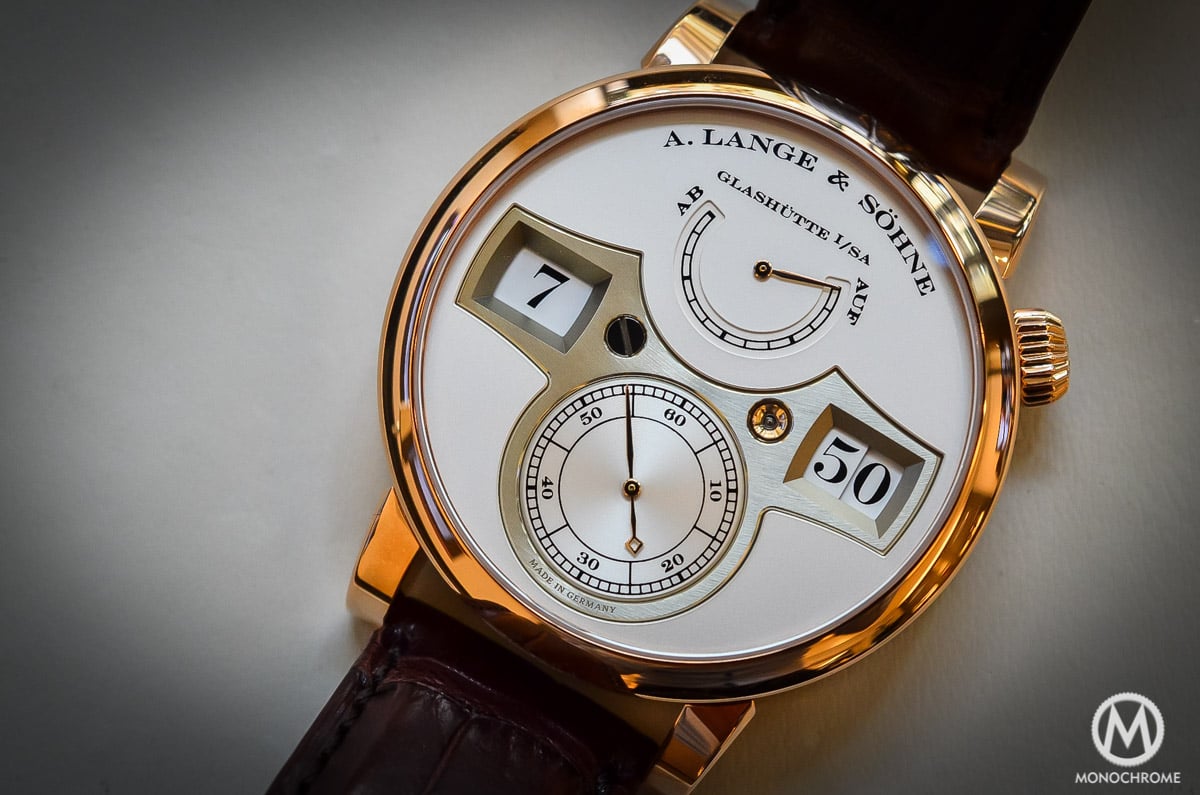
First, the case. It has the typical ALS style, with the exact same lugs, bezel and case band than a Lange 1 or a Langematik Perpetual. The mirror polished top, the brushed sides and the thin and roundish bezel are all shared with the rest of the collection. No doubt to have when strapping the Zeitwerk, it is a Lange. The same goes for the overall design of the dial, with its AB / AUF power reserve indicator and silvery opaline finish. The font of the indications are also the same than the large date of a Lange 1 or Datograph Up – Down. However, here comes the main difference: in the A. Lange and Sohne Zeitwerk, the apertures and instant-jumping discs are not displaying the date.
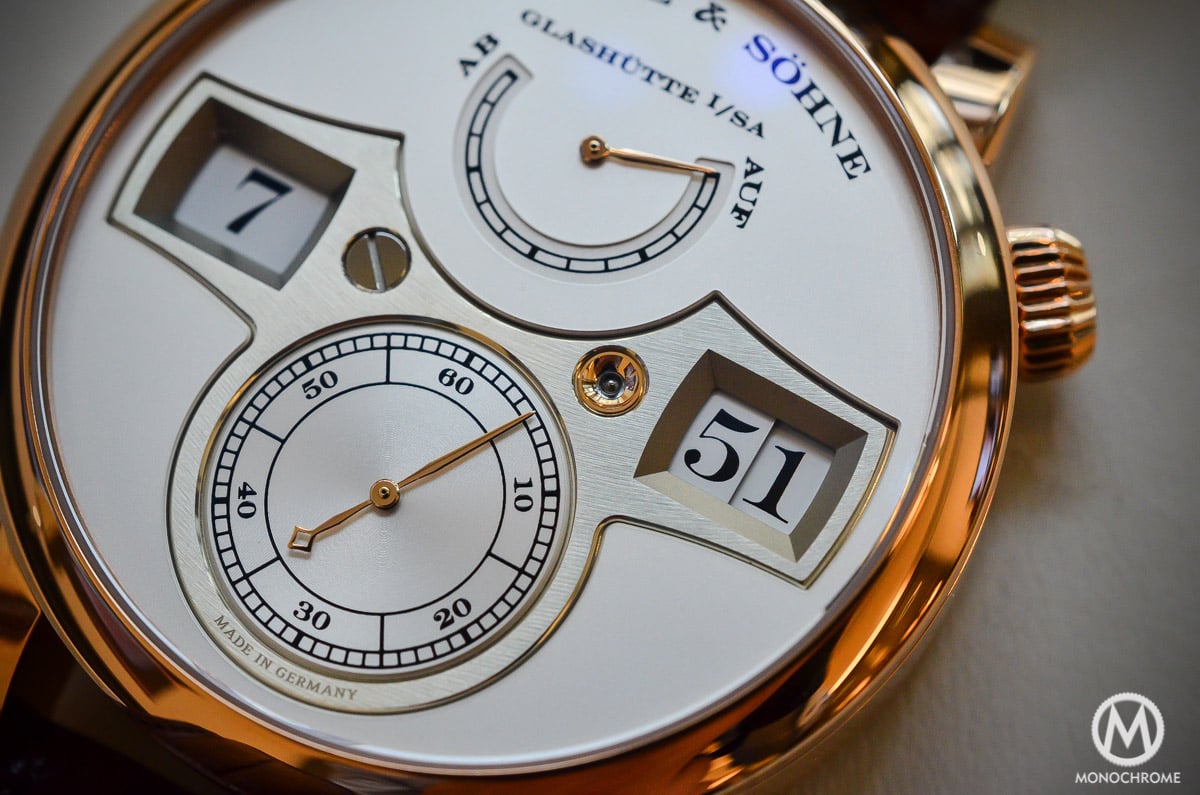
Of course, you’ll have notice that the A. Lange and Sohne Zeitwerk is not indicating time with hands but with digits. In the middle of the Zeitwerk sits what ALS like to call a ‘time bridge‘, made of german silver and finely brushed. It shows the 3 main indication of a watch: the second in a large sub-dial at 6, the hours in an aperture at 9 and the minutes in another aperture at 3. It is simple, legible, clever. However, this simplicity hides a very complicated mechanism, as the 3 discs are jumping instantaneously, as fast as a wink. That idea creates two main issues: how to generate enough force to make the 3 discs jump simultaneously in a lapse of time so short and how to store this energy. The answer given by A. Lange and Sohne has to be found on the back of the watch, with a remontoire or constant-force escapement to release the power with constant force, once every minute.
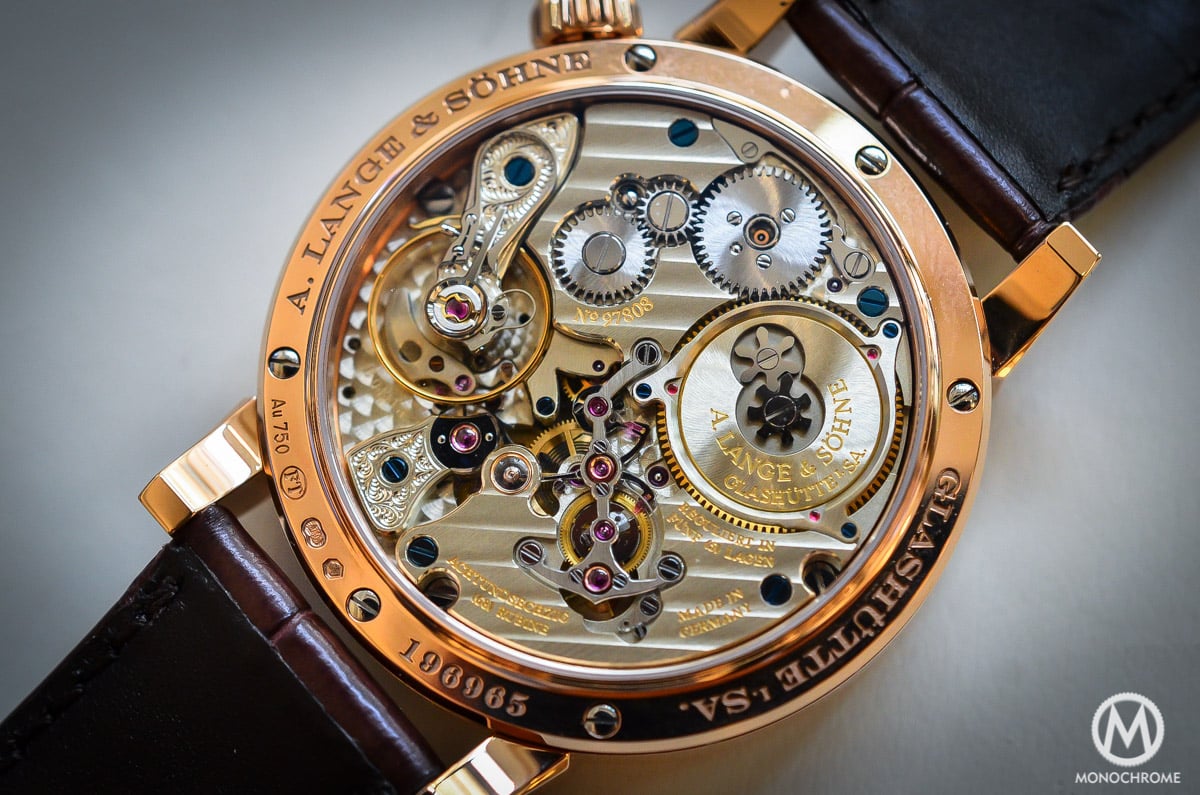
The energy is given by an extra-strong mainspring. Having 3 discs to move in less than a second is a real challenge for the movement. First, the move is not continuous but disrupted (one jump per minute for the extreme right disc, one jump every ten minutes for the center disc and one jump per hour for the left disc). The worst part of the show comes every hour (at 7.59 or 8.59 for example) when the 3 discs have to jump. It is not like moving a set of hands. It requires a crazy amount of energy. That’s the reason why this extra-strong mainspring and the important amount of torque it brings. However, this solution has one main default. Like in every watch, the spring tends to deliver more energy when fully wound and less when it unwinds. And this is even more true with a very strong mainspring. And that’s a huge issue for chronometry (accuracy over the power reserve).
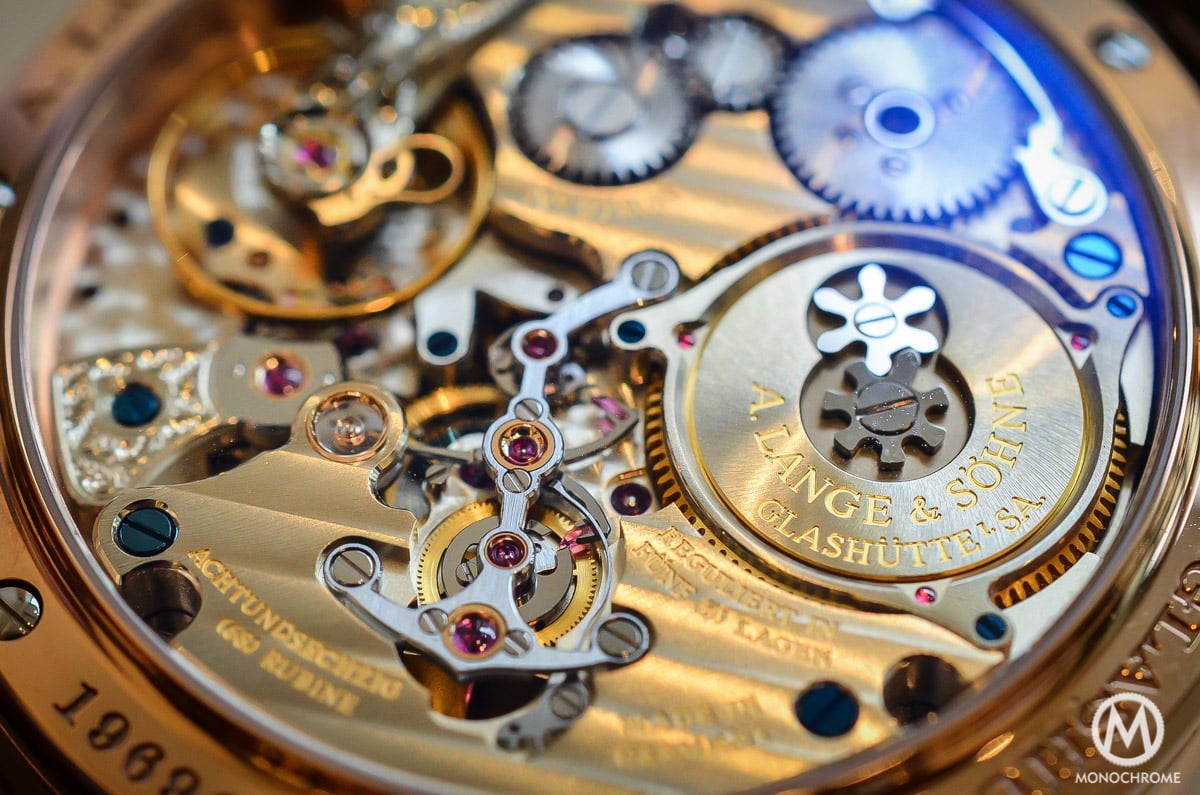
We told you, the solution is a patented constant-force escapement that takes place between the barrel wheel and the regulating organ (balance wheel). The mechanism is showed into the movement by a sort of gear train hold in place by a anchor bridge (detailed on the photo bellow). It stores energy during a whole minute and delivers it for each instant jump. Thus, it brings enough power to the gears to make the discs jump instantaneously and also disable the undesirable effect of the strong spring on accuracy – it stabilizes the rate of the movement across the entire 36-hour autonomy period. It drives the balance with nearly uniform power, regardless of the state of wind of the mainspring and unaffected by the energy-consuming switching cycles that take place in one-minute intervals. This is state-of-the-art horology: Constant-force escapement (or remontoire) are not common features. Only a few watchmakers can achieve such a technology: F.P. Journe with its Chronomètre Optimum is one of them. A. Lange and Sohne also uses something similar in the Lange 31 or in the Richard Lange Terraluna.
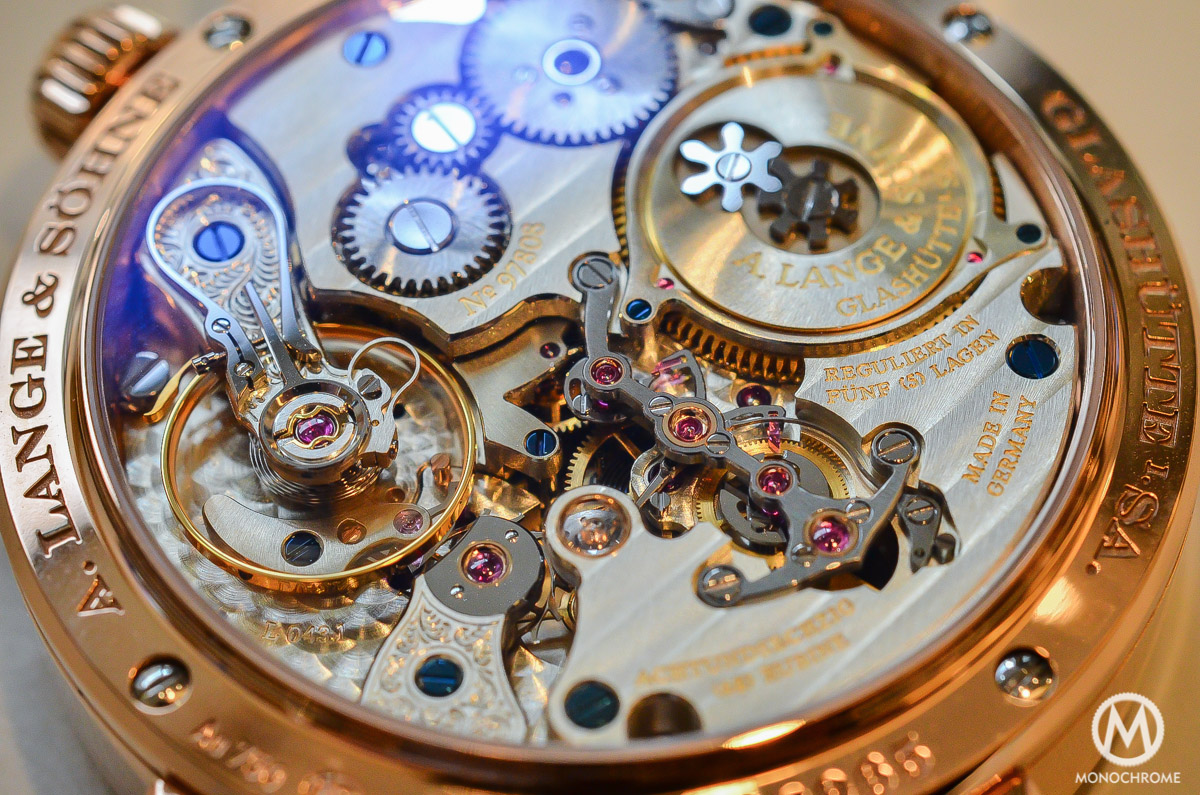
For the rest, the movement is a pure feast for the eyes of connoisseurs. Made of german silver, it shows hand-finishings for all the parts: lavishly made belleved angles, polished screw heads and slots, engraved cock bridge, graining on the levers, gears, wheels, ratchet week and barrel. The constant-escapement bridge, with its anchor shape and its gorgeous finish, is itself a masterpiece. The movement ticks slow at 18.000bph but delivers only 36 hours of power, maybe the main default of the watch, that is however explained by the jumping hour mechanism.

On the wrist, the A Lange and Sohne Zeitwerk is very pleasant: the 41.9mm case is not the smallest of the ALS collection but it is still reasonably sized and feels very comfortable. The same goes for the height at 12.6mm: important but not excessive. The design itself is unique and looks highly different from what you can find in the rest of the range or into the competitors’ brochures (Patek Philippe or Vacheron-Constantin for example). It is both a very classical watch, considering the colours, the shape of the case or the mechanism, but also a very modern timepiece considering its display. It is desirable and unique, especially when you hear the click of the jumping minutes and hours and see the ballet of the discs.
The A. Lange and Sohne Zeitwerk is available in 3 editions: Platinum with silver dial (€ 74,100 Eur), pink gold with silver dial (€ 62,000 Eur) and white gold with black dial (€ 63,000 Eur). 2 special editions were also available: the Luminous with its transparent dial and the Zeitwerk Handwerkskunst, with its frosty black rhodium dial.
The A. Lange and Sohne Zeitwerk Striking Time
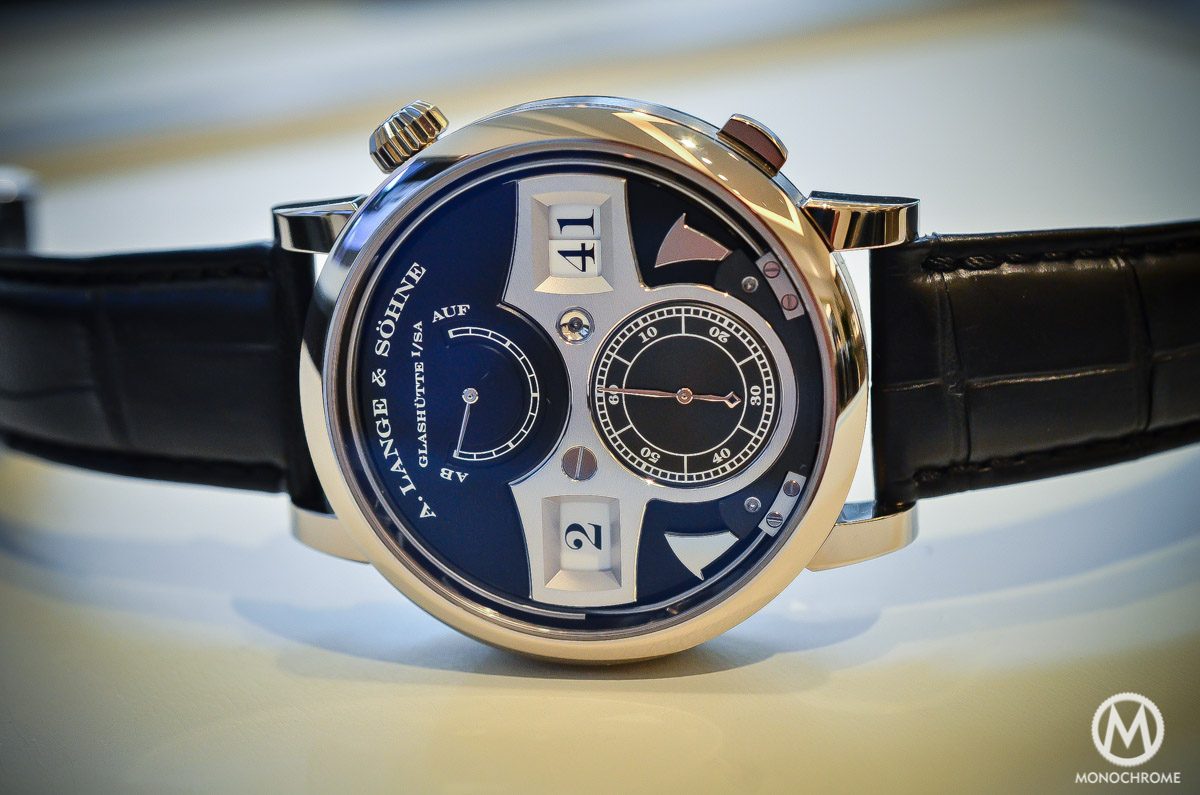
Basically, it is the same watch: same base movement, same layout, same display, same jumping hours mechanism, same constant force escapement. However, to the modern digital way of indicating time, the A. Lange and Sohne Zeitwerk Striking Time adds a very poetic complication: a chiming system that rings the quarters and hours. The cool factor here: not only you can see the discs moving, but you can also hear the chimes and see them working, as the hammers and the gongs are located on the top o the dial.
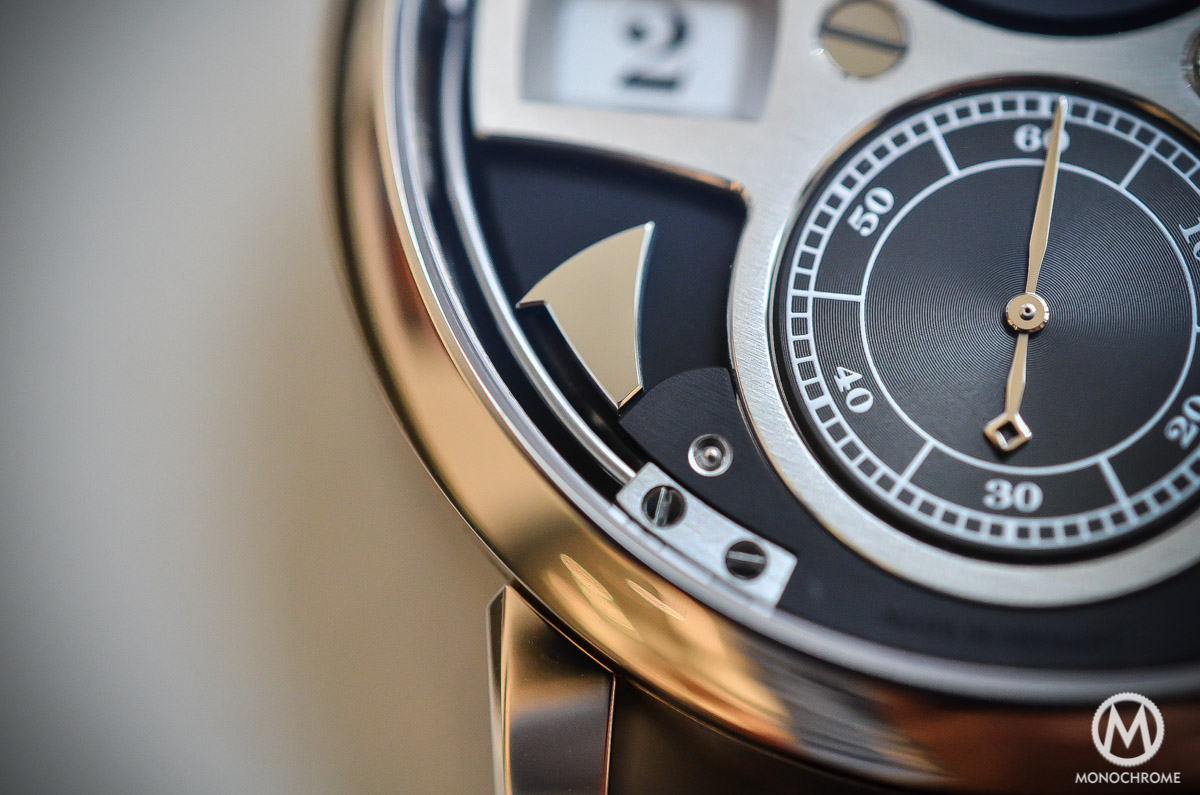
With the classical Zeitwerk, A. Lange and Sohne did quite a good job to manage the energy. The use of a constant escapement allows the jump of 3 discs instantaneously, right? Without making any changes to the mainspring or the escapement, this movement still have enough power stored to actuate a strike train. Impressive. By using the same base movement and adding a striking function, the Zeitwerk keeps the same 36 hours power reserve. These extra reserves of energy are used by the chiming mechanism to tension the springs that actuate the two hammers. They are made of black-polished steel and are integrated in the dial layout on either side of the small-seconds. The one on the left strikes the hours (lower-pitched), the one on the right the quarter-hours (higher-pitched). The two gongs are also readily discernible: they are suspended in a recess between the dial and the bezel. The mechanism can be enabled or disabled by using the pusher at 4.
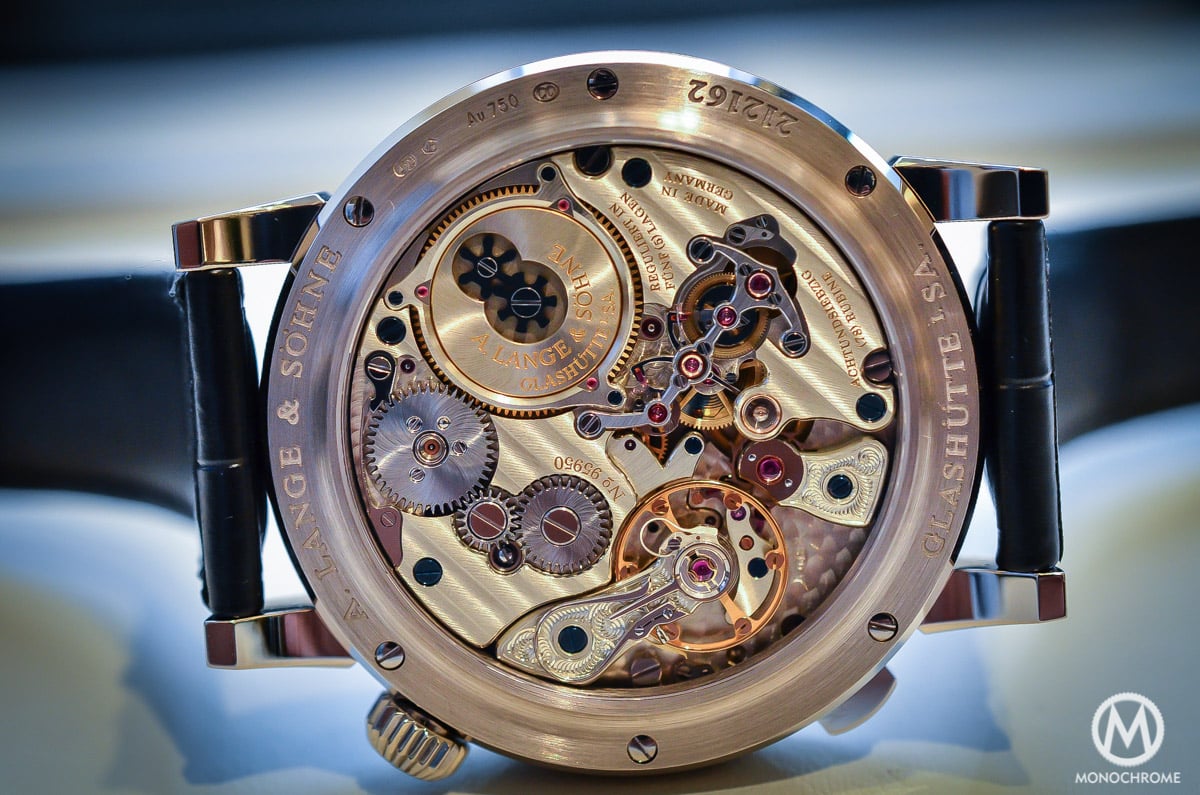
The view from the back of the watch is similar to the ‘normal‘ Zetiwerk, as the strike train is located just under the dial (at 6, under the small-seconds). We can find the same movement, always very nicely finished and with the same incredible layout (yes, I have to admit, I love this anchor bridge). The main difference of the A. Lange and Sohne Zeitwerk Striking Time is its size, brought to 44.2mm, due to the extra-chiming complication. On the wrist, the watch is larger (+ 2.3mm) and thicker (+ 0.5mm at 13.6mm) but still very well balanced, both for the visual aspect (as all the proportions have been increased) and for the wearability. The curved lugs allows a good position – even if we have to admit that it will require a large wrist and that the ‘normal‘ Zeitwerk is better sized. However, considering the added complication, we can make exceptions and feel love too for the Striking Time.
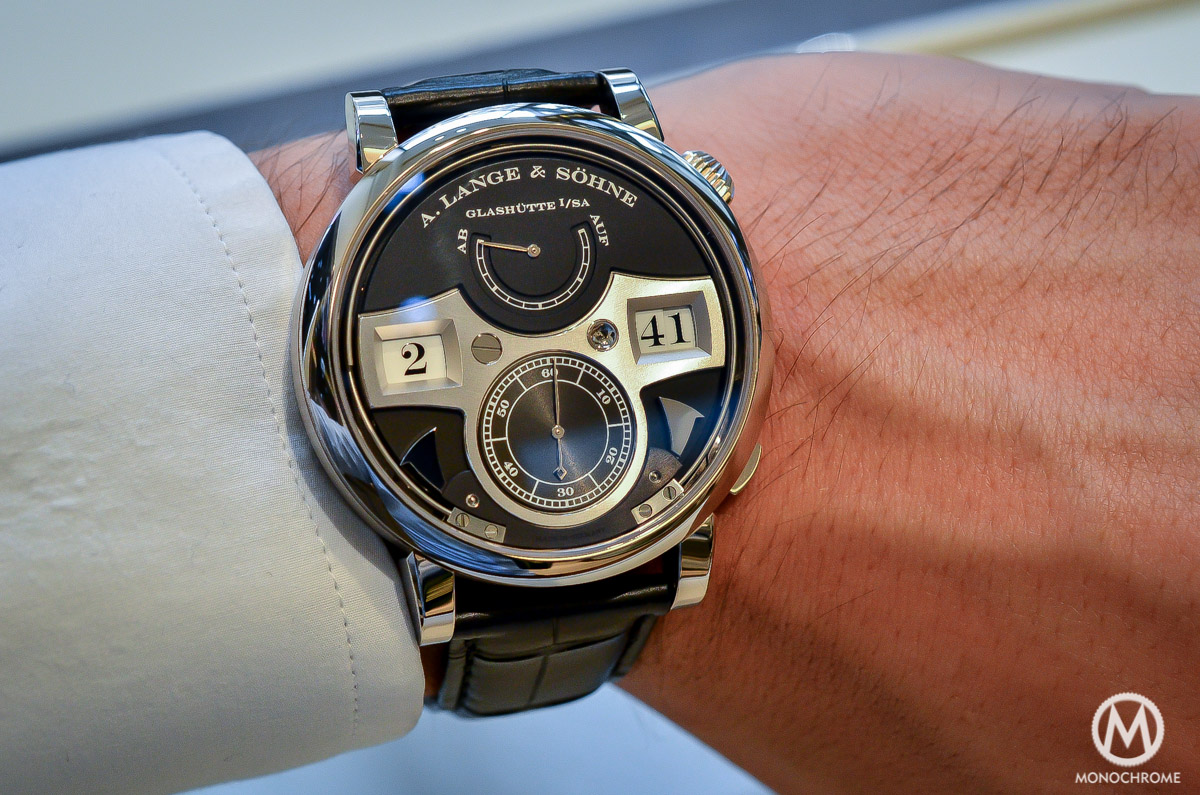
The A. Lange and Sohne Zeitwerk Striking Time is available in 3 edition (just like the classical Zeitwerk): Platinum with grey dial (€ 100,400 Eur), white gold with black dial (€ 96,700 Eur) and since the 2014 edition of the SIHH, pink gold with silver dial (€ 95,700 Eur).
More about the A. Lange and Sohne Zeitwerk and Zeitwerk Striking Time on the official website of ALS.


